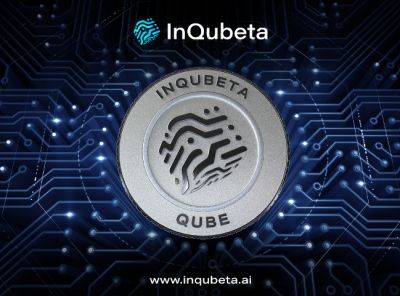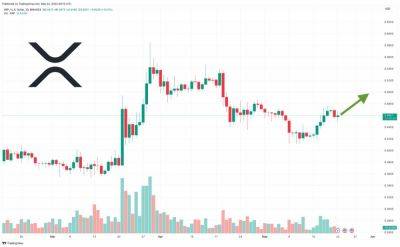Understanding Blockchain Technologies and how it works
Blockchain Technologies PHOTO: Getty images
Blockchain technology has been one of the most talked-about innovations in recent years. This revolutionary technology has the potential to transform varied industries from finance, to healthcare and beyond. But what exactly is Blockchain, and how does it work? In this article, we will delve into the intricacies of Blockchain technology, its underlying principles, and possible applications.
Blockchain technology is a decentralized digital ledger that records transactions on multiple computers securely and transparently. A Blockchain consists of a series of blocks, each containing a list of transactions.
The blocks are linked concurrently, in chronological order, creating a chain of blocks, thus the name Blockchain. One of the most significant advantages of Blockchain technology is that it eliminates the necessity for third parties, such as banks or governments, to validate transactions. Instead, transactions get validated by a network of computers known as nodes, which run the Blockchain software. These nodes work together to ensure transactions are accurate and cannot be tampered with.
To understand how Blockchain technology works, we must first understand the concept of decentralization. In a decentralized system, there is no central authority controlling the system.
Instead, the system has a governing network of users with equal rights and responsibilities. In a Blockchain setting, each block contains a cryptographic hash of the previous block, a timestamp, and a list of transactions.
A hash is a digital signature that ensures the integrity of the data in the block. Any changes made to the data in the block will result in a different hash, which makes it
Read more on guardian.ng























